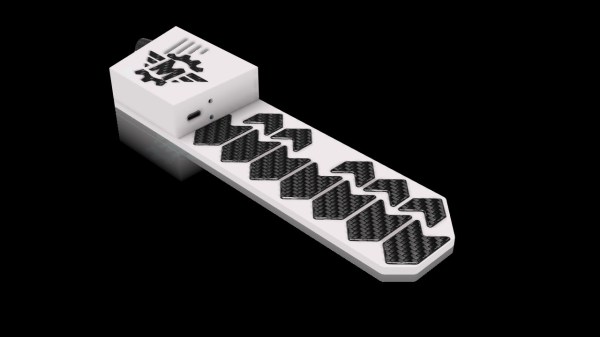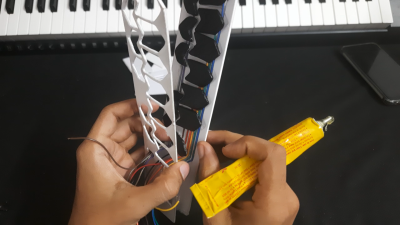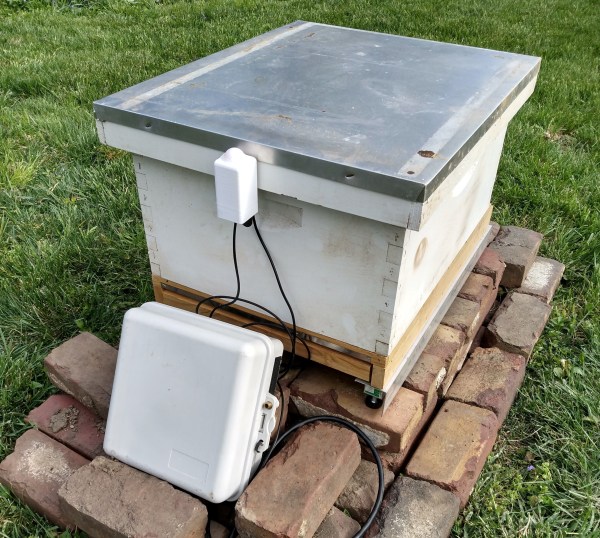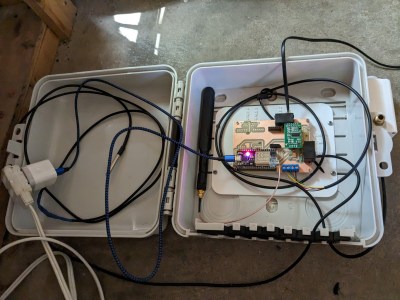The instrument which probably the greatest number of Hackaday readers own is likely to be the humble digital multimeter. They’re cheap and useful, but they’re single-channel, and difficult to incorporate into a breadboard project. If you’ve ever been vexed by these limitations then [Alun Morris] has just the project for you, in the world’s smallest auto-ranging multichannel voltmeter. It’s a meter on a tiny PCB with a little OLED display, and as its name suggests, it can keep an eye on several voltages for you.
At its heart is an ATtiny1614 microcontroller on a custom PCB, but for us the part we most like lies not in that but in the prototype version made on a piece of protoboard. There’s considerable soldering skill in bending surface mount components to your will on this material, and though these aren’t quite the smallest parts it’s still something that must have required some work under the magnifier.
All of the code and hardware details can be found in the GitHub repository, and for your viewing pleasure there’s a video showing it in action which we’ve placed below.
Continue reading “Is This The World’s Smallest Multichannel Voltmeter?”






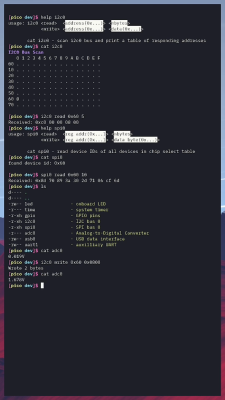 BreadboardOS is built on top of FreeRTOS. It’s aim is to enable quick prototyping with the Pi Pico. Don’t confuse operating system with a graphical environment — BreadboardOS is command-line based. You’d typically interface with it via a serial terminal emulator, but joy of joys, it does support color!
BreadboardOS is built on top of FreeRTOS. It’s aim is to enable quick prototyping with the Pi Pico. Don’t confuse operating system with a graphical environment — BreadboardOS is command-line based. You’d typically interface with it via a serial terminal emulator, but joy of joys, it does support color!